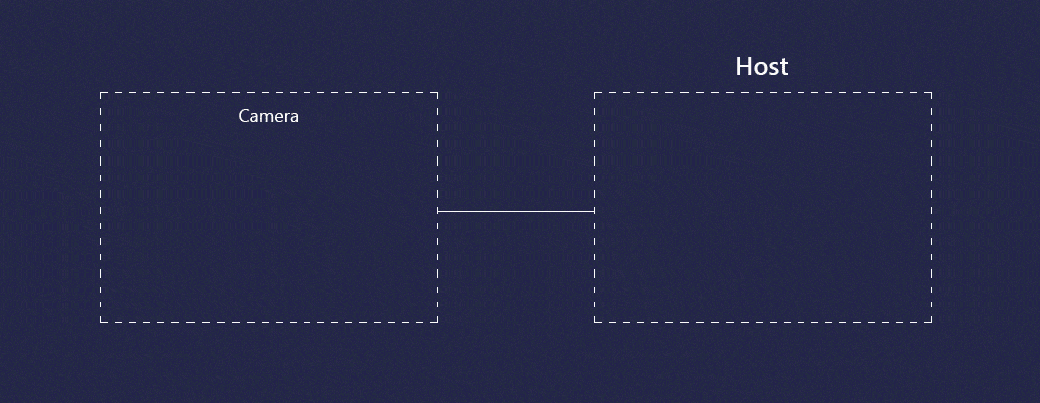USB Data rates generally tend to vary from one platform to another. Despite the fact that Super Speed and High Speed data rates are clearly defined in the protocols given by www.USB.org, implementation is not always uniform.
USBs have become commonly reliable interfaces. However, from low-end microprocessors to high-end PCs, compatibility is always a challenge. Simply put, the practical data rates which are achievable is based on the host controllers, processors, available RAM space and so on. To read more about this topic, click here.
The varying capabilities often lead to data corruptions while using low-end systems or working with multiple cameras. This makes it difficult for camera manufacturers to fix a data rate that will suit all their customers, irrespective of the platform they use.
The Multi Frame Buffer capability in FSCAM_CU135 is designed to resolve this problem.
What is the problem with existing cameras?
Any USB’s practical data rates is highly dependent on the type of processing. If a camera is transferring image frames at 60 frames a second, and if the application must encode each of this frame, then the application must execute this encoding process at 60 frames a second. If in case the application can only process at say 50 frames a second, the data overflows and corrupts the image frame partially.
How can the partial image frame corruption problem be resolved?
This can only be resolved if the data rate is reduced in the camera. The cameras generally have less memory when compared to the size of a complete image frame. The frames are split to multiple packets while sending through USB. Since the camera cannot “hold” a complete image in its memory, buffer overflows often cause the data to be written partially over the existing frame before it appears to be corrupted. Customers often make the mistake of upgrading their cameras with higher resolution and higher frame rate ones, without changing their processing capability. Unless the data rate is computed and changed on a case-to-case basis, this will lead to data corruption.

Why is Multi Frame Buffer the ideal problem solver?
Since the FSCAM_CU135 has an inbuilt 2Gb DDR2 memory, it can hold multiple image frames. The application can request each frame, one-by-one, according to its processing capability. Even if the camera is faster than how quickly the application can process, the image currently being transferred is not overwritten. Instead, it is allocated to a separate memory location inside the camera. This ensures that the image frame does not get corrupted.

The Multi Frame Buffer capability can also be used in cases where the image needs to be retrieved long after it has been captured. This camera can store up to five 13 Megapixel uncompressed UYVY images.
If you need any other information on FSCAM_CU135 or any of our other embedded camera solutions, please write to marketing@e-consystems.com.




